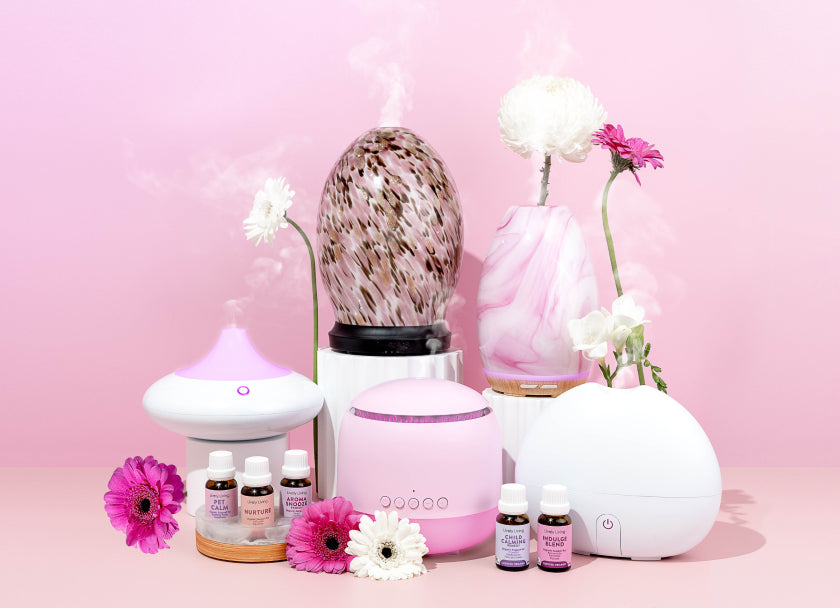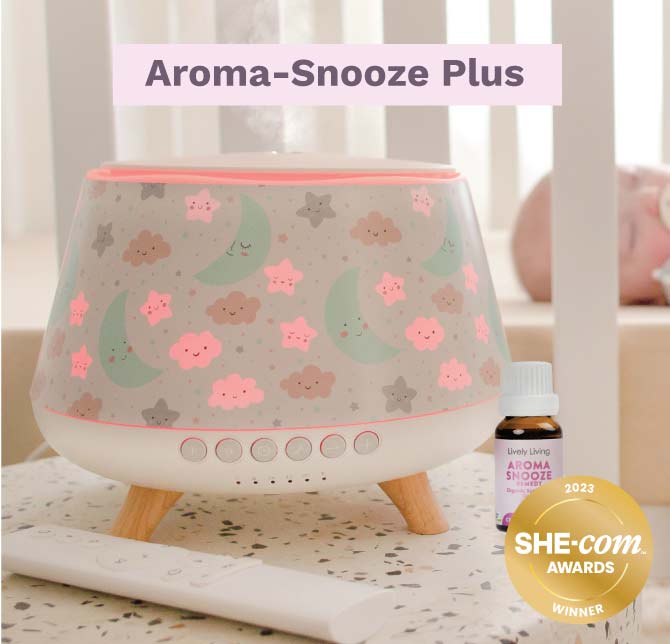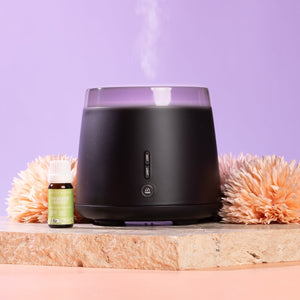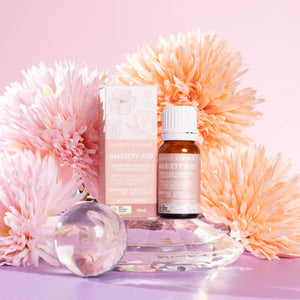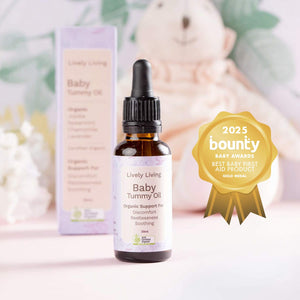Essential Oils for Dogs: Safe Choices and Benefits
Bringing a new dog into your home can bring many joyful “firsts”—first walk, first treat, first toy. You meticulously research the best food, the perfect leash, and maybe even a few stylish bandanas. But amidst all that excitement, it's easy to overlook one crucial aspect: How certain scents can impact your furry friend, especially when it comes to essential oils for dogs. While essential oils offer potential benefits for humans, dogs experience scents differently. Because you're reading this, chances are you're a caring owner, and that means understanding the dos and don'ts of using essential oils is key to ensuring your pet's safety and well-being.
Table Of Contents:
- Understanding Essential Oils and Their Effects on Dogs
- Safe and Unsafe Essential Oils for Dogs
- How to Safely Use Essential Oils for Dogs
- Conclusion
Understanding Essential Oils and Their Effects on Dogs
Before introducing any essential oils into your dog’s environment, it's important to understand what they are and how they can affect your canine companion. Essential oils for dogs can be either beneficial or harmful, so always consult your veterinarian before use.
What Are Essential Oils?
Essential oils are potent, concentrated extracts derived from plants. These oils contain volatile aromatic compounds, giving each essential oil its unique scent and therapeutic properties.
How Dogs Smell Differently Than Humans
While humans have around 5 million olfactory receptors in their noses, dogs possess anywhere between 100 to 300 million. This heightened sense of smell means your dog experiences scents far more intensely and differently than you.
What might smell faintly floral to you could be overwhelming or even irritating to your canine's sensitive nose. This difference in olfactory perception is crucial to remember when using essential oils around dogs.
Why Some Essential Oils Can Be Harmful to Dogs
Dogs metabolize essential oils differently than humans. Certain compounds that are safe for us can be toxic to dogs, even in small amounts.
Phenols and ketones are two such groups of chemical compounds often found in essential oils. They carry a higher risk of causing adverse reactions in dogs.
Safe and Unsafe Essential Oils for Dogs
Knowing which oils to avoid entirely is as important as knowing which ones you might be able to use safely around your dog. Let’s look at examples of each, but you may like to consult with a veterinarian whom has a understanding of aromatherapy before using any essential oils around your dog.
Safe Essential Oils
Generally regarded as safe, some common essential oils, when used cautiously and in diluted forms, can offer a range of potential benefits for dogs:
- Pet Calm Certified Organic Oil: Is a excellent first choice for your pet. it has been specicially created for dogs and cats.
- Lavender oil: It’s known for its soothing effects and can aid in reducing anxiety and stress in dogs. You might find lavender oil used in dog-specific calming sprays or shampoos.
- Chamomile oil: Similar to lavender, chamomile oil is known for its calming and relaxing properties, potentially helping dogs with anxiety or digestive issues.
- Frankincense oil: Frankincense oil is believed to have anti-inflammatory properties and might help manage pain associated with conditions like arthritis in dogs. However, scientific evidence to support these claims is limited, so it is crucial to use with caution and under the guidance of your vet.
- Cedarwood oil: This oil acts as a natural insect repellent, potentially helping to keep fleas and ticks at bay. Some pet owners include a drop or two of cedarwood oil in their dog's shampoo or use it in a diluted spray for their dog's bedding.
These examples illustrate some ways essential oils are being used, but it’s crucial to exercise caution. Just because an oil is generally considered safe doesn’t guarantee it will be safe for *your* dog. For instance, some dogs may have sensitivities or allergies to certain oils, even if they're generally considered safe, just as some humans have senstiivities to different foods.
Unsafe Essential Oils
Some essential oils are toxic to dogs and should be avoided completely, regardless of the application method:
- Pennyroyal oil: All parts of the pennyroyal plant, including the oil, are poisonous to dogs. This oil is toxic to both dogs and cats and can cause severe liver damage if ingested. If you suspect your dog has ingested pennyroyal oil, contact your veterinarian immediately.
- Wintergreen Oil
- Avoid phenol-rich oils such as Oregano, savory & thyme (CT thymol)
These represent just a fraction of the essential oils not suited to dogs. Always consult with your veterinarian to be sure about a specific oil’s safety. Think of your pet like a young child. If you were diffusing oils around a young child, you would want to choose softer, calming oils. These also are best for your dog.
How to Safely Use Essential Oils for Dogs
If you choose to use essential oils around your dog, you must do so responsibly and safely. Here are some tips to minimize the risk of any potential harm:
- Consult Your Veterinarian: Never use essential oils on or around your dog without first seeking the advice of your veterinarian. They can provide personalized guidance based on your dog’s breed, size, health condition, and potential sensitivities.
- Use High-Quality Oils: Choose 100% pure, therapeutic-grade organic essential oils from a reputable brand. Look for oils that are certified organic like our Pet Safe Essential Oils Collection
- Add a few drops to a diffuser and diffuse in a well ventilated area.
- Dilute, Dilute, Dilute: Only use a drop or two of essential oil diluted in a carrier oil if applying to fur. This helps minimize the potency and reduces the risk of skin irritation. Popular carrier oils include coconut oil, almond oil, and jojoba oil.
- Never Apply Directly to Skin or Fur: Always dilute essential oils before topical use and never apply directly to broken skin, eyes, nose, or mouth.
- Start Slowly: When introducing a new essential oil, start with a small, diluted amount to observe your dog's reaction. Gradually increase the amount over time, while monitoring for any adverse effects.
- Be aware: Be aware of your pets reaction and let them move away if they prefer.
By adhering to these guidelines and maintaining open communication with your veterinarian, you can make informed decisions about incorporating essential oils into your dog’s life safely.
Conclusion
Navigating the world of essential oils for dogs can seem tricky, but it doesn’t have to be. Remember that what might be perfectly safe for us can potentially harm our furry family members.
Always err on the side of caution when using essential oils for dogs, and consult with your vet. They can provide guidance on appropriate oils, dilution ratios, and application methods to help you use essential oils safely and effectively for your furry friend.
Julie and the Lively Living team


